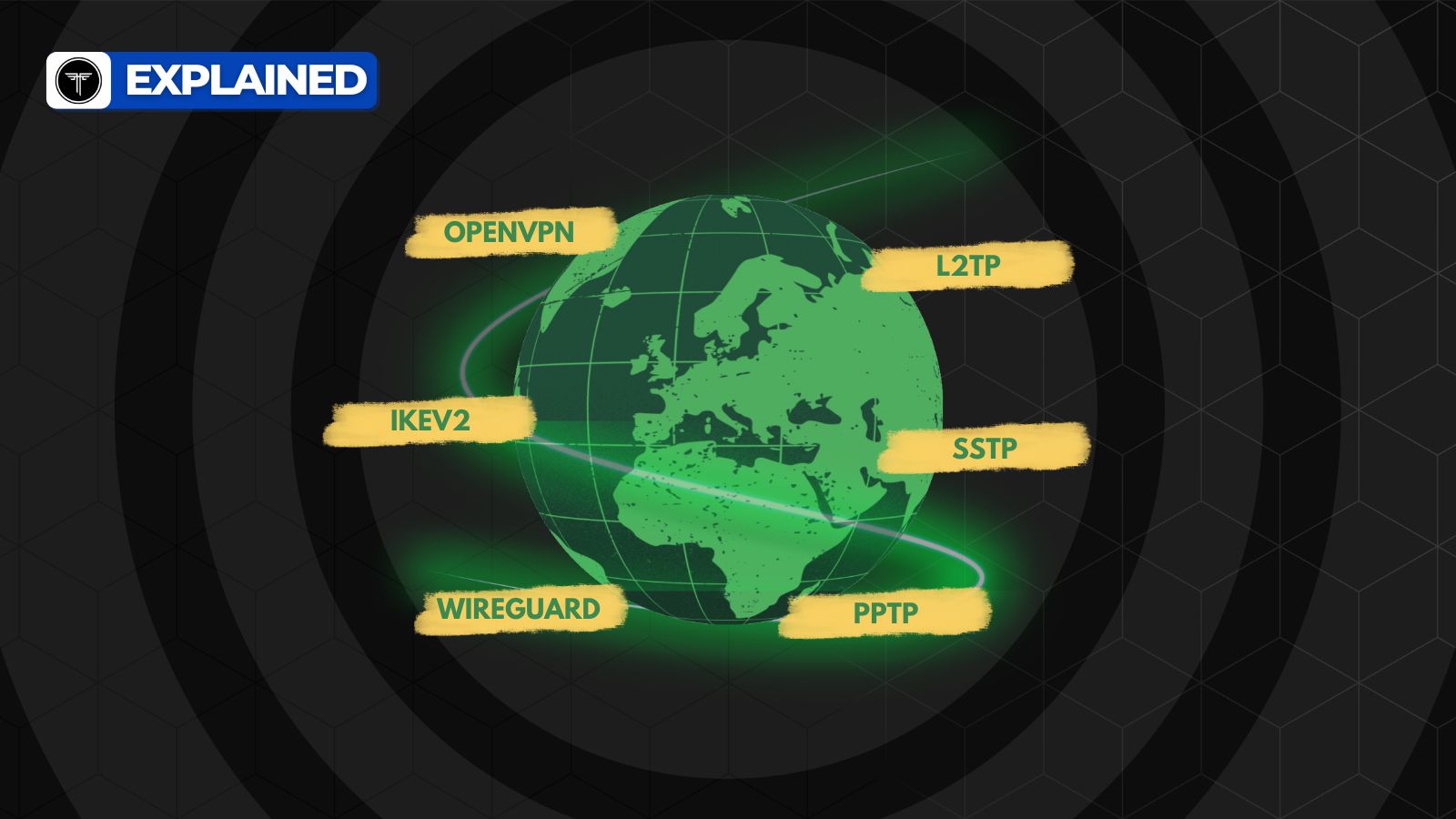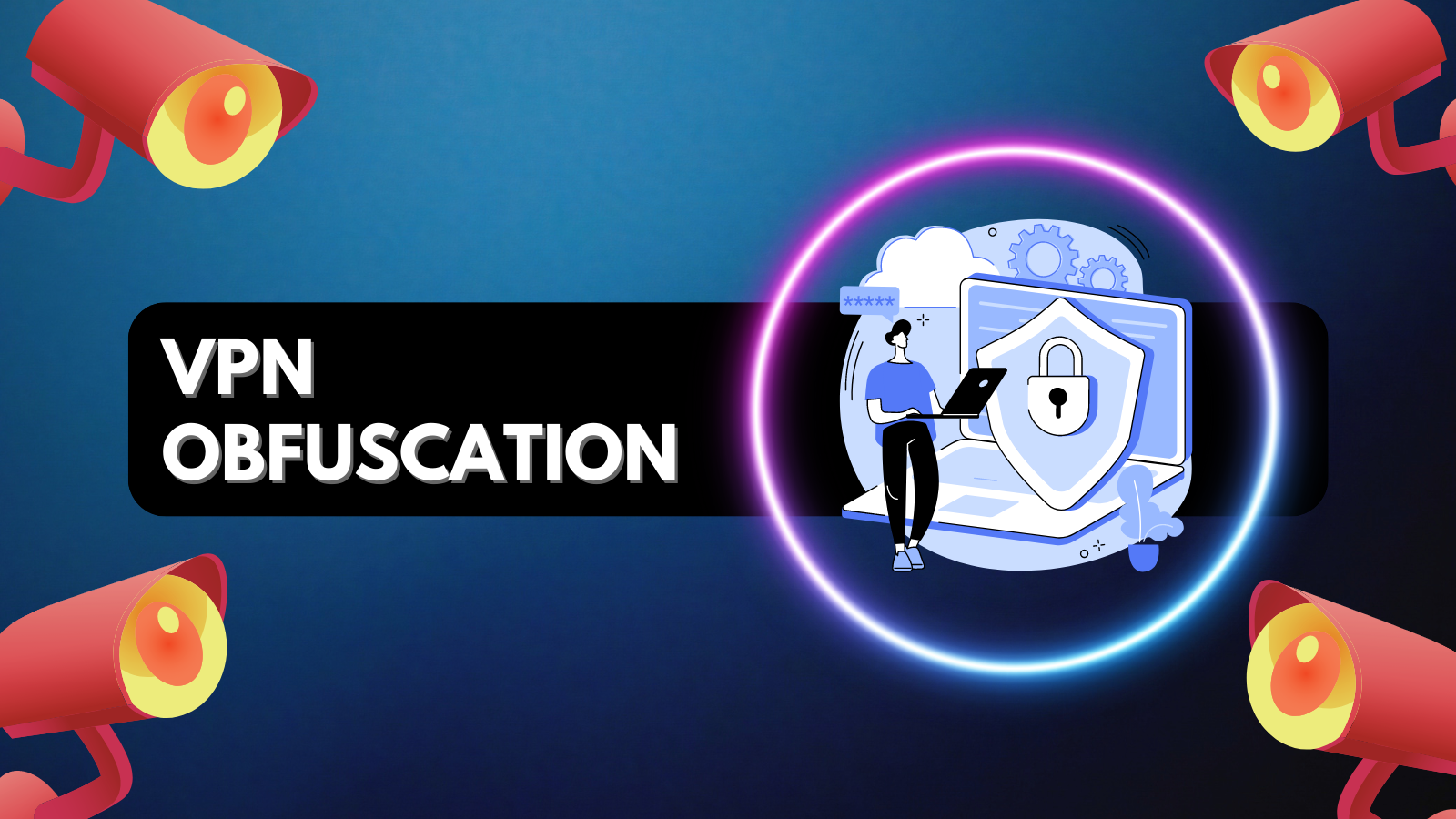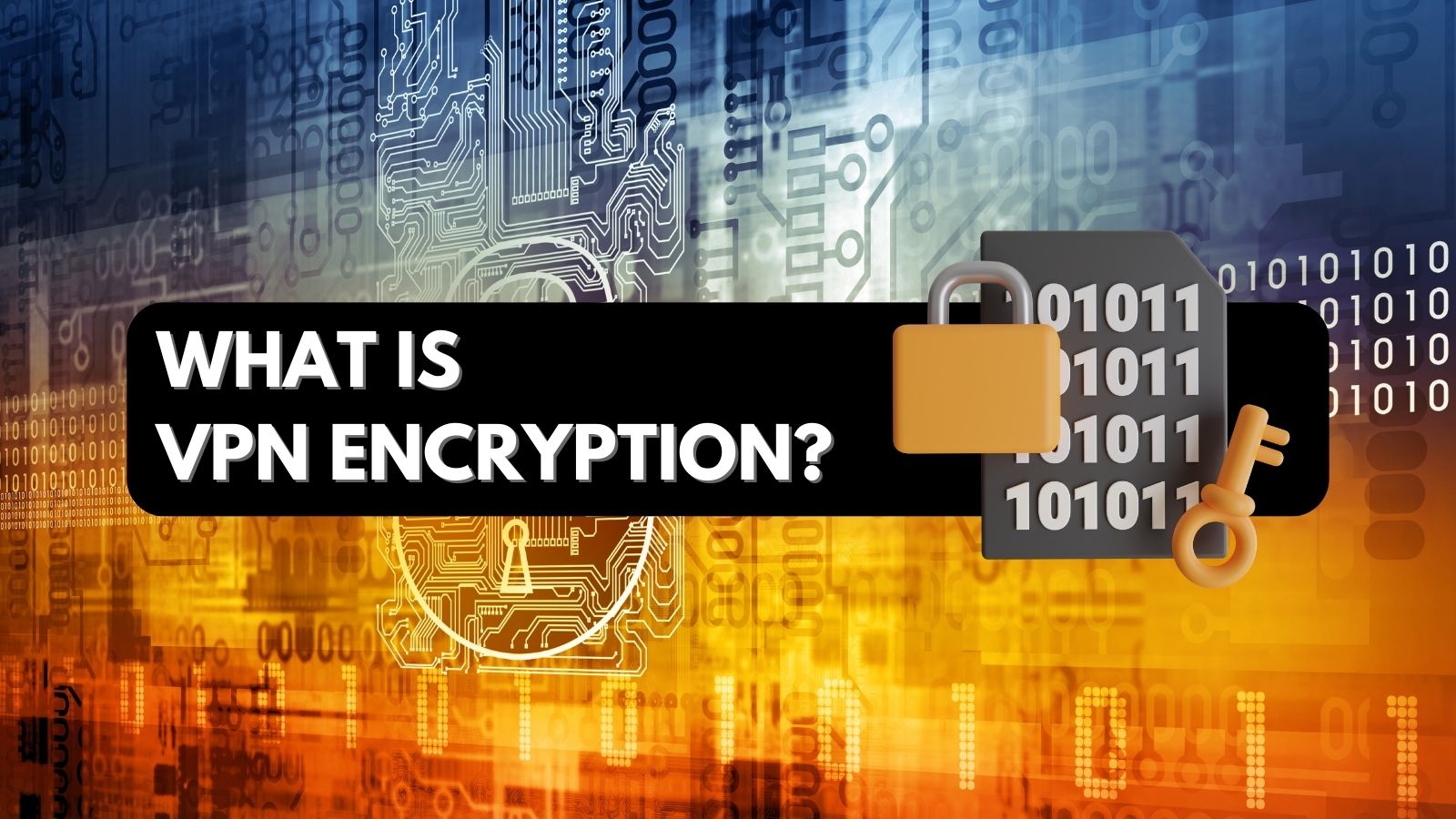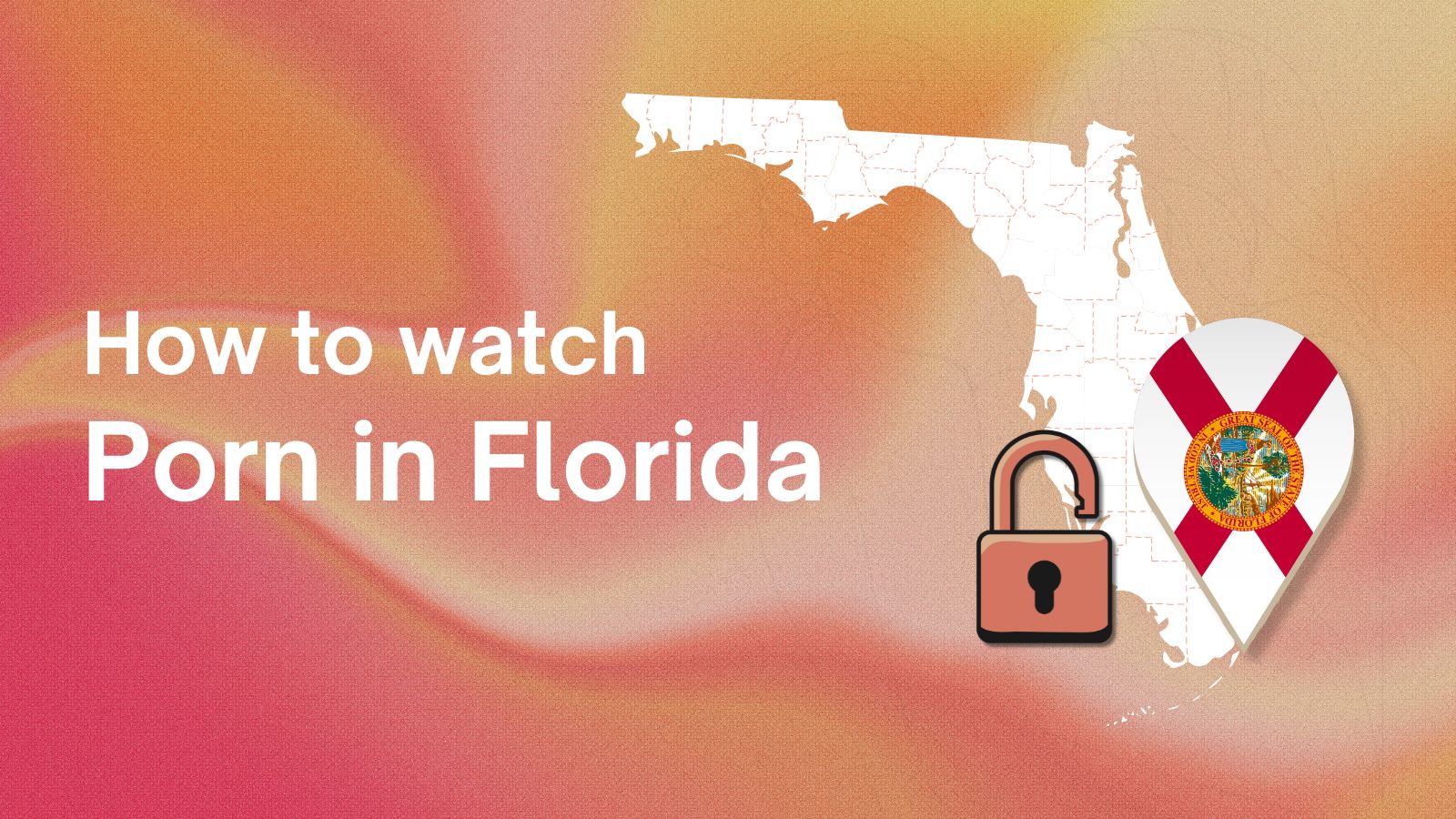
Which VPN Protocol Works at Layer 3 & Encrypts an Entire TCP/IP Packet?
The protocol that works at Layer 3 and encrypts the entire TCP/IP packet is called IPsec. It comes as a component of the IPv4 enhancement, working at Layer 3 of an OSI (Open Systems Interconnection) model. That makes IPsec a highly important (if not crucial) security solution providing end-to-end protection between data links.
Explaining how IPsec works and how it integrates with Layer 3 can be a bit technical. With that said, we’ll take a deeper dive into explaining how this system works. So, make sure to keep on reading.
What Is 'Network Security Layer 3?'
As mentioned above, Layer 3 is part of the OSI model of computer networking, also known as the 'Network Layer.'
The OSI model comes with seven layers, with each of those being responsible for enabling various types of online communication. The third layer is in charge of packet forwarding. In other words, the role of this layer is to transfer variable-length packets from a source to a destination via one or more networks.
The addressing model used at Layer 3 revolves around IP addresses, while packet forwarding is done via routers. With that said, specific security measures are needed to ensure the safety of this system. Aside from using strong passwords, network administrators also employ encrypted connections to mitigate the vulnerabilities in routing protocols, such as RIP and OSPF (which could potentially lead to injecting false routers into a network).
How Is Layer 3 Connected to IPsec?
Keep in mind that the IPv4 protocol doesn't include security mechanisms needed to protect communications. That is why network administrators often rely on IPsec, which is actually a suite of VPN protocols that supplement the IP protocol to improve its security.
As said above, IPsec is the VPN protocol that works at Layer 3 and encrypts the entire TCP/IP packet. However, keep in mind that IPsec has two modes of implementation in this specific case:
- Transport Mode: Using this mode, IPsec is capable of protecting the end of the communication paths. That means only the packet’s payload is encrypted.
- Tunnel Mode: Using this mode, IPsec can secure communications between two or more networks. In this case, TCP/IP packets are encrypted and then encapsulated within another tunnel, reaching a very high level of security.
How Does IPsec Work?
IPsec works by breaking down data into packets before encrypting and transmitting it. More precisely, here are the six steps explaining how IPsec connections work:
- Key Exchange: To ensure proper end-to-end encryption, IPsec first sets up keys to encrypt and decrypt data. In other words, these keys are set between the connected devices so that each device can receive encrypted data.
- Packet Headers & Trailers: Even before encryption is employed, IPsec breaks down data into packets. Each packet has a header containing authentication and encryption information, and there's a payload, the actual data being transferred. IPsec also adds trailers, which come after each packet's payload, providing a complete set of data instructions.
- Authentication: Each packet that IPsec handles comes with its own authentication, ensuring that any data transmitted between two parties doesn’t come from outside sources.
- Encryption: Thanks to encryption, IPsec can scramble each packet's payload and each packet's IP header. Keep in mind that this happens only when transport mode is used.
- Transmission: This is when encrypted packets start to travel across one or more networks, using a transport protocol. Thanks to IPsec, this VPN protocol’s traffic differs from regular IP traffic as it uses UDP as its transport protocol (User Diagram Protocol).
- Decryption: And finally, once the communication ends, IPsec’s packets get decrypted, which means the receiving device and its software can make sense of the transmitted data.
What Protocols Are Used in IPsec?
It’s crucial to understand that IPsec isn’t a single VPN protocol. Instead, it’s a suite of protocols that work at Layer 3, encrypting the entire TCP/IP packet, as listed just below.
- Authentication Header (AH): This protocol ensures that each data packet comes from a trusted source by marking its start point. As such, the goal of this protocol isn't to encrypt traffic but to ensure that the transmitted data has not been tampered with.
- Encapsulating Security Protocol (ESP): This is where encryption comes into play, as the ESP protocol encrypts each packet’s header and payload (in the case of tunnel mode). If transport mode is used, only the payload gets encrypted.
- Security Association (SA): This protocol is used for negotiating encryption keys and algorithms. It comes in several forms, where IKE (Internet Key Exchange) is the most widely used one.
- Internet Protocol (IP): And lastly, know that the IP protocol isn't part of the IPsec suite of protocols. However, IPsec runs directly on top of IP.
So, that would be all there’s to know about IPsec – the protocol that works at Layer 3, encrypting entire TCP/IP packets. In case of any questions, make sure to post them via the comments section below. And lastly, thanks for reading!






